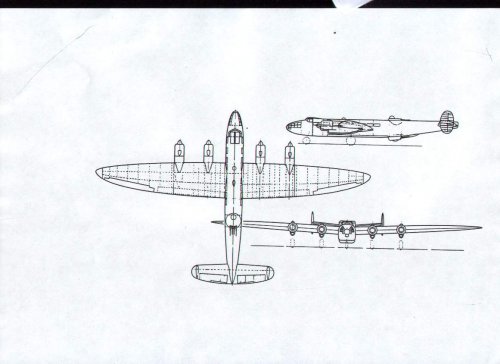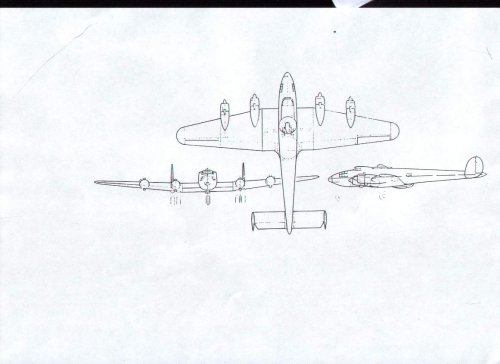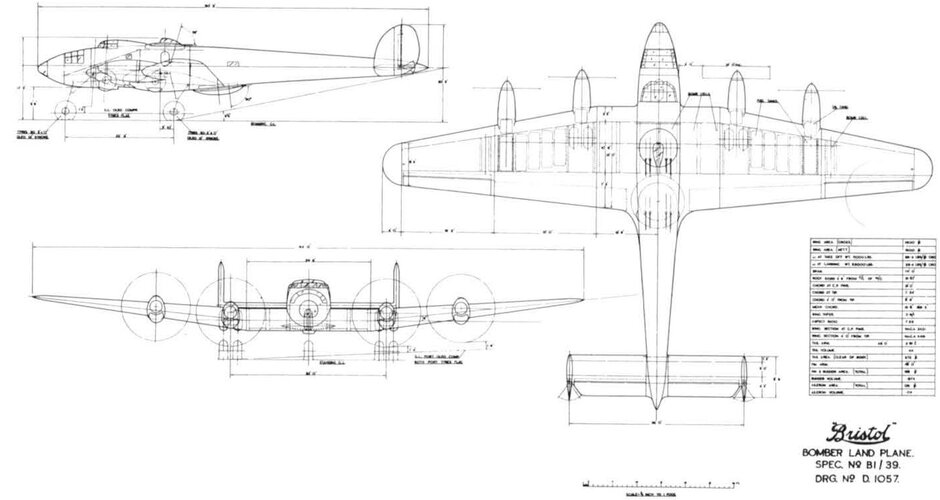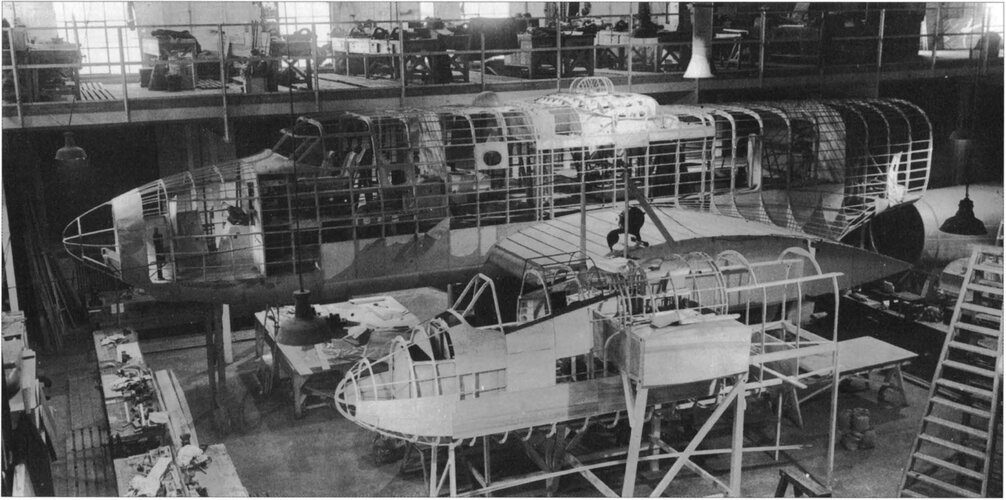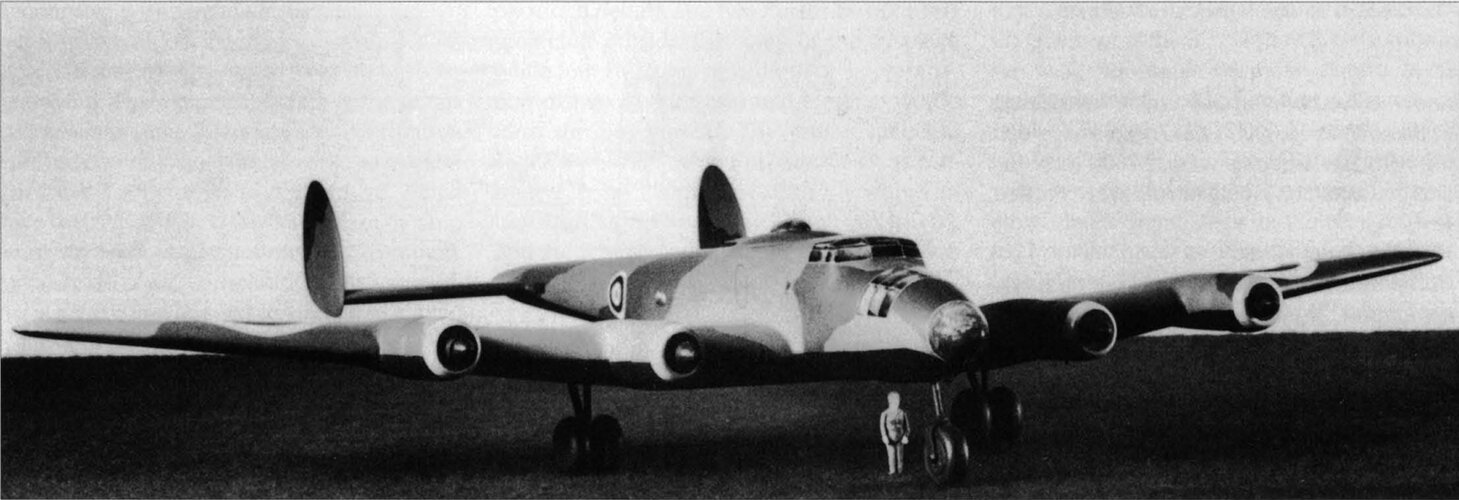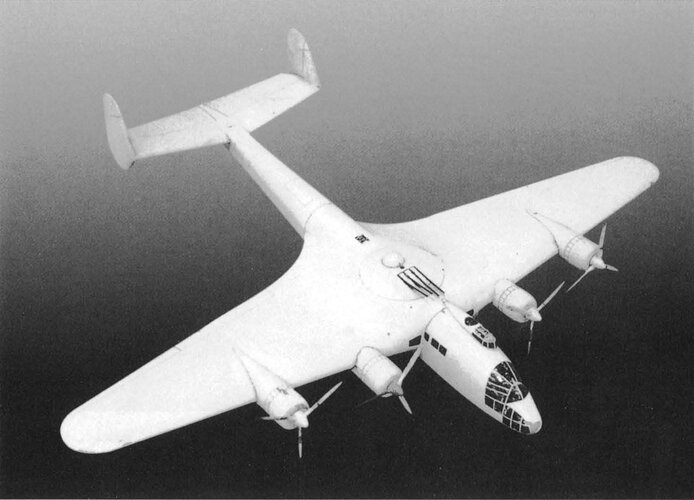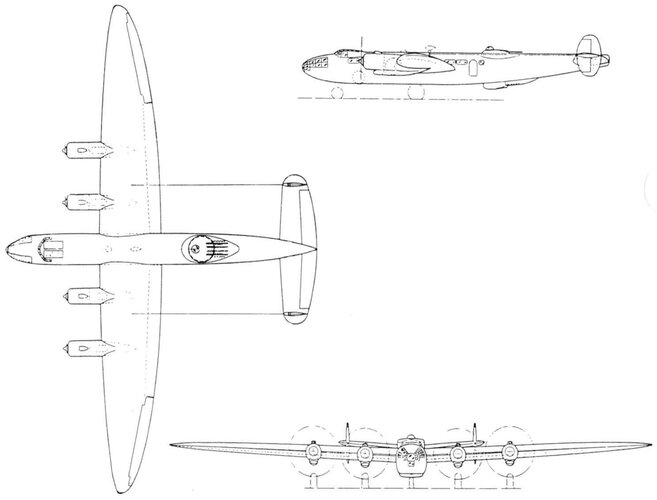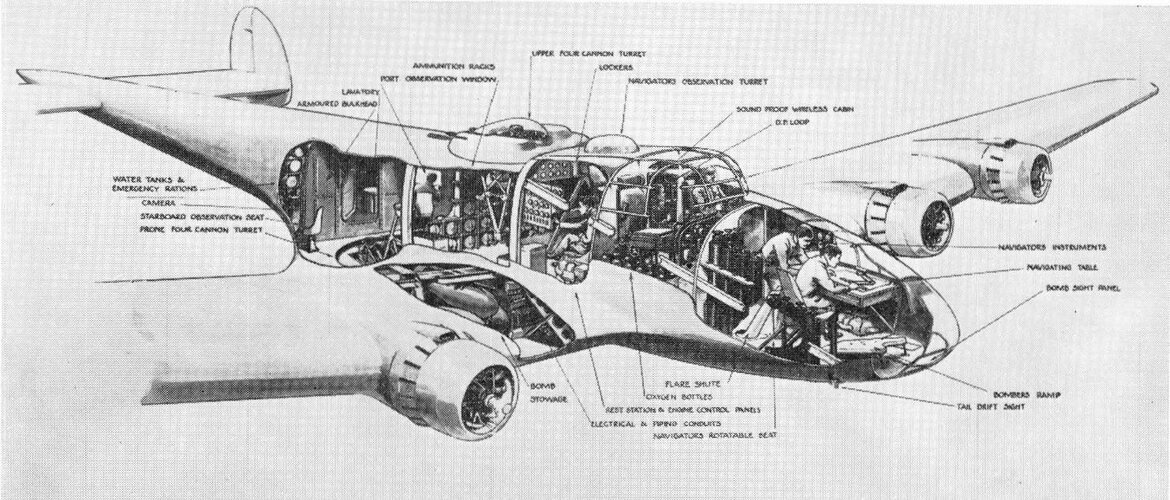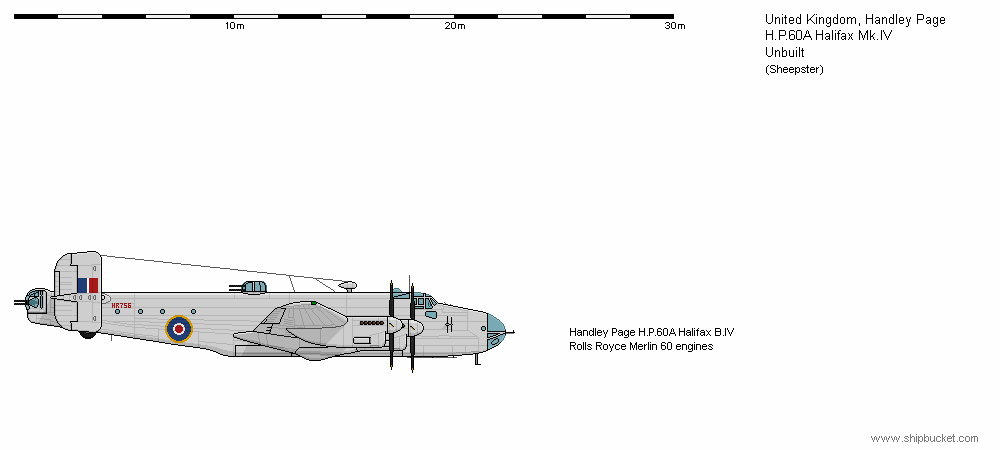blackkite
Don't laugh, don't cry, don't even curse, but.....
- Joined
- 31 May 2007
- Messages
- 8,597
- Reaction score
- 6,844
Hi!
https://www.warbirdsforum.com/topic/366-additional-raf-might-have-beens/
"The B1.39 spec was to carry 9,000lb over 2,500miles cruising at least 280mph. Maximum bomb load was to be 10,000lb and some could be carried externally if necessary. Provision was made to stow 20 x 250lb or 500lb bombs, 10 x 1,000lb bombs, 5 x 2,000lb AP bombs, 2 2,000lb SCI containers or 10 small bomb containers. The 20mm cannon were drum fed with 30 rounds per drum, 5 drums per gun and an additional reserve supply of 20 drums per turret was to be carried but not necessarily in the turret. The aircraft was to be stressed to carry alternate turrets with 2 40mm cannon each with 110 rounds of ammunition. Armstrong Whitworth, Blackburn, Bristol, Fairey, Gloster, Handley Page, Avro, Shorts and Vickers all produced designs with Hercules, Griffin or P.24 engines."
Also Bristol 159 is here.
https://www.secretprojects.co.uk/forum/index.php/topic,29457.0.html
Fairey proposal is here.
https://www.secretprojects.co.uk/forum/index.php/topic,5496.msg44089.html#msg44089
https://www.warbirdsforum.com/topic/366-additional-raf-might-have-beens/
"The B1.39 spec was to carry 9,000lb over 2,500miles cruising at least 280mph. Maximum bomb load was to be 10,000lb and some could be carried externally if necessary. Provision was made to stow 20 x 250lb or 500lb bombs, 10 x 1,000lb bombs, 5 x 2,000lb AP bombs, 2 2,000lb SCI containers or 10 small bomb containers. The 20mm cannon were drum fed with 30 rounds per drum, 5 drums per gun and an additional reserve supply of 20 drums per turret was to be carried but not necessarily in the turret. The aircraft was to be stressed to carry alternate turrets with 2 40mm cannon each with 110 rounds of ammunition. Armstrong Whitworth, Blackburn, Bristol, Fairey, Gloster, Handley Page, Avro, Shorts and Vickers all produced designs with Hercules, Griffin or P.24 engines."
Also Bristol 159 is here.
https://www.secretprojects.co.uk/forum/index.php/topic,29457.0.html
Fairey proposal is here.
https://www.secretprojects.co.uk/forum/index.php/topic,5496.msg44089.html#msg44089

